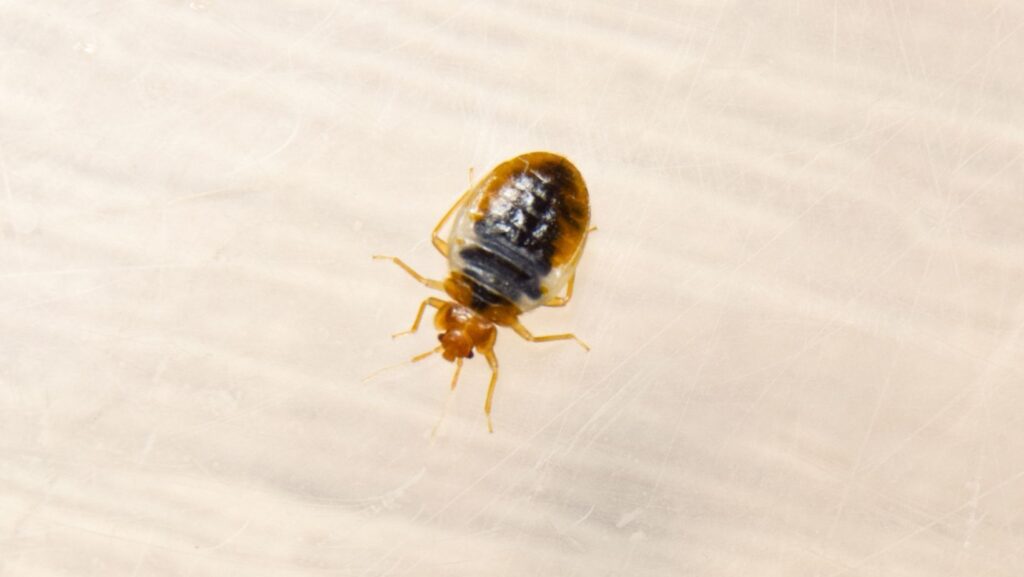
In an era where information overflows and our interests span a wide array of topics from technology to environmental conservation, one subject that often goes overlooked is the quiet intrusion of bed bugs into our lives.
These pests are often considered relics of a bygone era, but they have persisted, adapting to our modern environments and behaviors.
Given the ubiquity of international travel, high-density living, and even the trading of second-hand furniture, bed bugs are enjoying a renaissance of sorts.
Understanding The World Of Bed Bugs
Bed bugs are crafty survivors that have coexisted with humans for thousands of years.
Their biology and behavior make them highly effective at invading our personal spaces, often unbeknownst to us.
A proper understanding of these unwanted guests not only enriches our general knowledge but serves as a practical tool to mitigate their intrusion in our daily lives.
Building A Bed Bug Knowledge Base
The importance of possessing a foundational understanding of bed bugs can’t be overstated. They are more than mere nuisances; their bites can cause allergic reactions, and their presence often leads to psychological stress.
Knowing the basics such as their preferred habitats, breeding cycles, and resilience to common pesticides can arm you with the tools needed to tackle an infestation.
A good knowledge base includes understanding that bed bugs are not restricted to unsanitary conditions; they can invade even the cleanest of homes.
Also, they are primarily nocturnal, which means conventional methods of detection are often ineffective.
Life Cycle And Reproduction
Bed bugs go through multiple life stages, starting as eggs and progressing through juvenile phases before reaching adulthood.
Their ability to lay hundreds of eggs and to survive without feeding for up to a year makes them formidable adversaries.
Interrupting their lifecycle is a key strategy in managing an infestation. Heat treatment and targeted pesticide applications are often used in combination to disrupt breeding cycles.
Resilience And Adaptation
Another aspect of bed bugs that makes them difficult to manage is their resilience.
They have developed resistance to many common pesticides and can even go dormant when conditions are unfavorable.
Their small size allows them to hide in cracks and crevices, evading conventional cleanup efforts.
These pests have also adapted to be efficient hitchhikers, catching rides on clothing and luggage, thereby propagating from one location to another with ease.
The Interplay Between Society And Bed Bugs
As our societies evolve, so do the environments in which bed bugs thrive.
They no longer restrict themselves to bedrooms; their adaptability allows them to survive in various settings, making our varied interests and lifestyles unwitting contributors to their spread.
The Role Of Travel
International travel has increased exponentially in recent years, both for leisure and work.
The constant flow of people between countries provides bed bugs with numerous opportunities to spread.
Airports, hotels, and public transportation are all potential hotspots for infestation.
Second-Hand Economy
The rise of a more eco-conscious consumer base who participate in the second-hand economy also contributes to the spread of bed bugs.
While buying second-hand is commendable for several reasons, including waste reduction, it also poses the risk of unwittingly bringing bed bugs into your home, especially if the items are soft furnishings like couches or beds.
Urbanization And High-Density Living
As urban areas become more populated, high-density living becomes the norm.
Apartments, dormitories, and other multi-unit housing provide a fertile ground for bed bugs to spread.
Once an infestation takes root in one unit, it can quickly spread to neighboring ones, complicating the eradication process.
A Diverse Strategy For A Diverse World
Combating bed bugs in today’s world requires a multi-faceted approach that considers the complexity and diversity of our modern lifestyles.
Knowledge alone is not enough; it has to be accompanied by vigilance and action.
Education And Awareness
Public awareness campaigns can go a long way in helping people understand the risks and signs of a bed bug infestation.
In a world of diverse interests, education should not be restricted to conventional platforms but should utilize social media, community outreach, and even gamification to reach different demographics.
Technological Advances
Newer technologies, such as heat treatments and smart traps equipped with sensors, are providing innovative ways to combat bed bugs.
Research is ongoing to develop even more effective methods, possibly exploiting their biological vulnerabilities.
Regulatory Frameworks
Government bodies must create and enforce regulations that help in the monitoring and eradication of bed bugs.
This includes guidelines for landlords and tenants, regulations for the second-hand market, and even protocols for hotels and public transportation.
The Psychological And Economic Impact Of Bed Bugs
Though small in size, the influence of bed bugs reaches far beyond their physical dimensions, permeating various aspects of our lives.
The invasion of these unwanted intruders can exact a toll not just on our health but also on our mental well-being and finances.
Given their resilient nature and knack for rapid multiplication, the ripple effects of a bed bug infestation can be significantly detrimental.

Psychological Stress And Stigma
The presence of bed bugs can induce high levels of stress and anxiety.
The constant worry about bites and the discomfort associated with itching can severely impact sleep quality.
Furthermore, there’s a social stigma associated with having bed bugs, leading to a feeling of embarrassment or shame, which can cause emotional distress.
Such stigma often serves as a barrier to seeking help or disclosing the problem to landlords or neighbors, further exacerbating the issue.
Economic Burden
Managing a bed bug infestation isn’t just mentally taxing but can also be financially draining.
The costs can quickly add up, from the expenses for pesticides or professional exterminators to replacing infested furniture.
In extreme cases, moving to a new residence might be the only viable option, which is a significant financial burden.
Moreover, businesses like hotels and rental services can suffer long-lasting reputational damage, leading to a decline in revenue.
Long-Term Health Consequences
While bed bugs are not known to transmit diseases, the bites can cause allergic reactions in some people, leading to secondary infections if not treated properly.
Chronic infestations could potentially lead to anemia due to blood loss, although this is rare.
Given these health risks, the overall impact of a bed bug infestation should not be underestimated; it’s not just a matter of inconvenience but a concern that can significantly affect one’s quality of life.
Key Takeaway
In a world teeming with diversity and abundant information, it’s easy to overlook the small things, like the pesky bed bug.
However, being informed and proactive can save us from the stress and discomfort that these tiny intruders bring into our lives.














